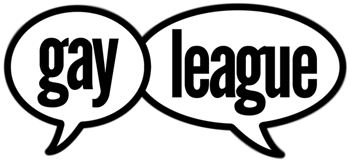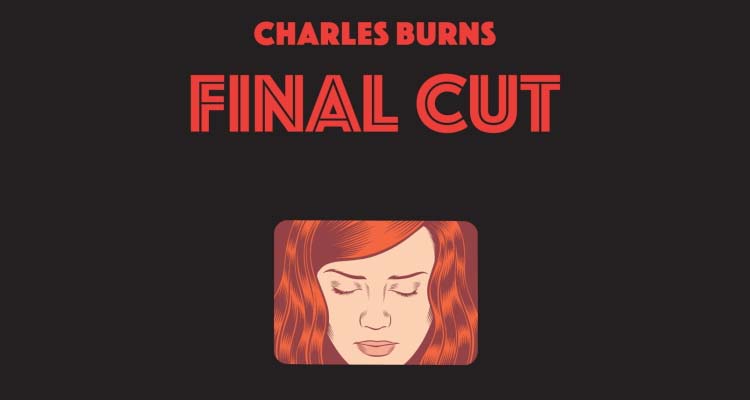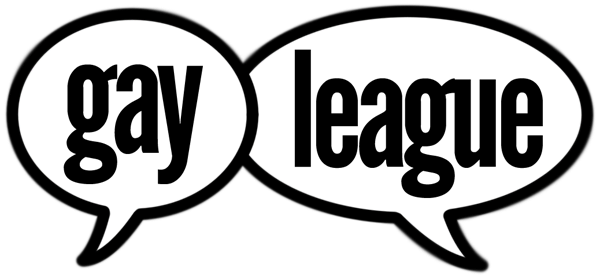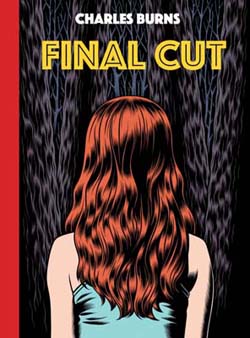
Final Cut
Charles Burns
Pantheon
$34.00
The true tragic hero cannot be too good or too bad, but he must end up in misery.
Aristotle from Poetics
A mutual passion for movie making has been a constant for Brian Milner and Jimmy Walker since they became friends in junior high. Now some years later and with several amateur movies to their credit, Brian and Jimmy are about to embark on their most ambitious project yet. The night of Jimmy’s birthday party Brian sits alone in the kitchen. With sketchbook in hand, Brian’s distorted reflection in a chrome toaster propels him into an imaginary world where he is transformed into a giant alien form floating above the landscape. Brian’s fantastical reverie is interrupted by the appearance of the inquisitive and charming Laurie, a new acquaintance of Jimmy who has recruited her to be the star of their new movie. Overcoming his initial reaction to Laurie’s outsider group status, Brian will quickly come to think of her as his muse and a possible girlfriend. Just as life will throw surprises one’s way, so too does Burns in Final Cut his latest graphic novel from Pantheon. Final Cut was originally titled Dédales and published in three parts several years ago by French publisher Cornelius.
Charles Burns is an artist whose works have been consistently praised by online reviewers since Black Hole. His work in the decade and a half or so before Black Hole’s debut in 1995 was certainly equally appreciated by alternative comics readers. That Burns is a masterful storyteller is clearly evident in Final Cut which is for me, unlike many critics and his ardent fans, the only work I’ve read aside from two or three single issues of Black Hole. At the time I had very different interests in stories and media in general and experienced difficulty in accessing themes and symbolism. Admitting this in a review may be questionable at best but honesty feels necessary. However, after reading Final Cut I think I’ve missed out on quite a lot of good material after bypassing Burns’ work for so long.
Here is what I can say about Final Cut. Burns draws two upon films, the original Invasion of the Body Snatchers from 1956 and The Last Picture Show from 1971. These two seemingly disparate films focus on American society and politics when the country fought communists in Korea in the early 1950s and also as it turned in on itself thanks to McCarthyism and its tenets of social and political conformity. I think it’s important to note that during the period from 1941 to 1945 the country experienced a big shift as American women entered the work force in unprecedented numbers and then whiplashed as men returned home from the war to marry and raise families thanks to the GI Bill. The rise of television and shows such as Father Knows Best and Leave It To Beaver helped to establish new or reinforce Christian family norms even as Black Americans began organizing for their civil rights and the homophile movement began coalescing thanks to organizations like Mattachine Society, ONE, and Daughters of Bilitis.
Pardon the digression.
Burns creates compelling character studies of Brian and Laurie and to lesser extent Tina whose character is used somewhat of a wild card. He accomplishes this by weaving themes from the aforementioned two films, Body Snatchers’ conformity with the sadness and despair of life in a small dying Texas plains town and the doomed love that both Sonny and Duane have for Jacy, the prettiest and richest girl in town.
Burns’ choice of “Final Cut” as the title of the US edition refers to a film industry phrase meaning the version of a film that has been approved by the director and producer. The choice is especially poignant given that Brian’s life is so wrapped up in making movies. It would not surprise me to learn that Burns chose to use the phrase as an oblique reference to Peter Bogdanovich’s director’s cut of Last Picture show which was released in November 1999. While the influences of Last Picture Show and Body Snatchers on Burns is clearly evident I believe the French title Dédales holds significance to Brian and Laurie and would like to focus on its relevance in this piece. Even with my poor understanding of French I noticed the similarity to the mythological Daedalus who made wings for himself and his son Icarus who plummeted to earth after flying to close to the sun. I’d forgotten their reason for taking flight was to escape being imprisonment in a labyrinth that King Minos had commissioned Daedalus to design. The French word “dédale” means “maze” and is derived from the labyrinth or maze attributed to the mythical Greek figure. That the French edition is titled Dédales (plural) and not Dédale (singular) indicates at least two metaphorical mazes, one for Brian and another I believe for Laurie.
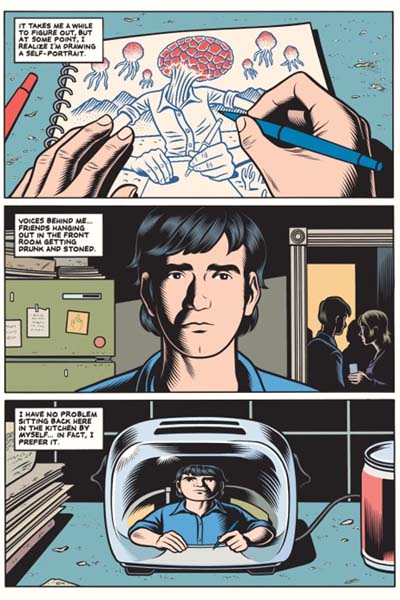
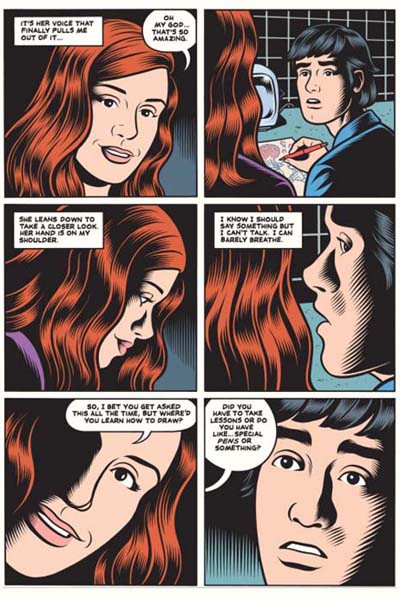
Let’s look at Brian first. As the story unfolds Brian’s character flaws are revealed one by one designed to create a number of emotional responses from the reader. The meditative dream state which Burns puts Brian into at the start should be familiar to artists and other creative types which isn’t a bad thing in itself though in real life people may interpret it as being antisocial. Internal monolog in subsequent scenes underscore Brian’s introverted personality and loner nature which makes him most at ease with the few friends he has and even then he can be anxious and awkward. One has to question then how quickly Brian comes to think of Laurie as a potential girlfriend and creative muse. Is the motivation sexual? His nude drawings of Laurie created by his imagination leads one to think so but could it also be love or loneliness or could he see Laurie’s presence as a means to escape both himself and the burden of being his mother’s caretaker especially at such a young age? Brian is trapped in a maze created by psychological despair and parental obligation with art and films being his only outlet before Laurie’s arrival.
Initially Laurie does seem to have some interest in Brian despite the vast differences in her personality compared to Brian. Laurie is outgoing, a bit spontaneous, willing to help others and sympathetic, though she sometimes fails as many of us do. Being a people pleaser is another of her traits, one that works against her as is revealed as she’s taking a bus to meet Brian at a movie revival theater to watch Invasion Of the Body Snatchers. “How did I get myself into this…It’s like my dad used to tell me…’Sometimes you just don’t think.'” Brian is just another incident in this pattern, a symbol of Laurie’s psychological maze she needs to remove herself from. Burns gives Laurie a little habit that alludes to this maze complicating her life by making her draw little maps for places she’s visiting.
Like Daedalus and his son Icarus trapped in the maze of Daedalus’ design, Brian and Laurie are two figures trapped in their respective mazes finding themselves caught in each other’s life. Everything begins to change when Brian, Jimmy, Laurie, Tina, and a couple other friends take a trip to film scenes for Brian and Jimmy’s movie project. Having reached their destination — the mountain cabin belonging to Tina’s family — they’re greeted by a brightly shining sun, perhaps like the one that melted Icarus’ wings causing him to plunge to his death. Tina’s role surprisingly becomes pivotal to Laurie’s situation in such way that I won’t spoil it in the least for potential readers other than to say it is very satisfying and applause worthy.
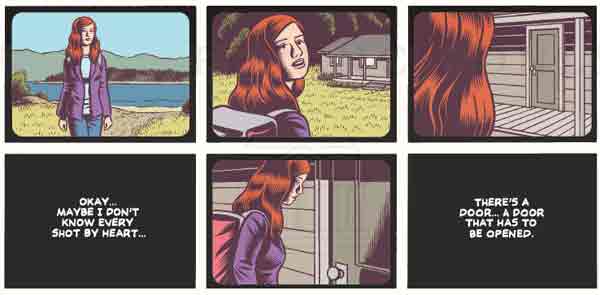
Brian’s fate is quite different from that of Laurie. Brian simply embraces it and the false sense of comfort created by his imagination to mask the bleakness of his life, evocative of Sonny’s destiny at the end of The Last Picture Show. Certainly a tragic coming of age story and a cautionary tale for persons of any age who may find themselves at an existential crossroads.
Much has been written about Burns’ art style by people both more familiar and eloquent than me. While reading the first several pages I wondered if Burns’ style had been influenced by woodblock printing, specifically Japanese woodblock prints, a medium which I’ve had a special fondness of since my time at Chicago’s School of the Art Institute. Finding confirmation of my hunch while reading Lambiek’s profile was a pleasant surprise.
The lateness of this review should not reflect poorly on Burns’ work. Rather, it is solely indicative of my struggle to gather thoughts while examining some questions brought up by Brian’s character.
Final Cut was released on September 24th. Look for it in book stores and comic shops. Copies can be ordered through Bookshop. Bookshop can also find an indy book store in your area. Comic Shop Locator will help you find a comic shop. Other retailers may be found at this link. If all else fails, Amazon has copies for purchase. This link is an Amazon affiliate link from which Gay League will receive a small commission. This is a non affiliate Amazon link.

